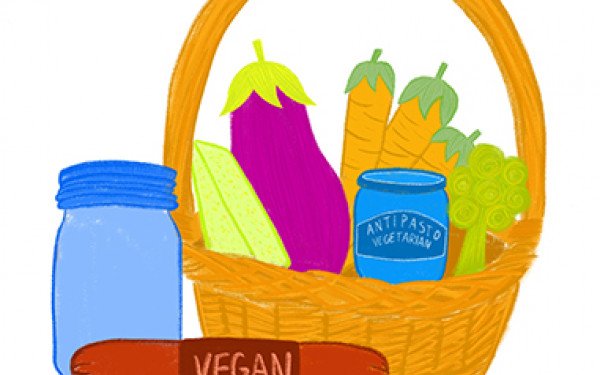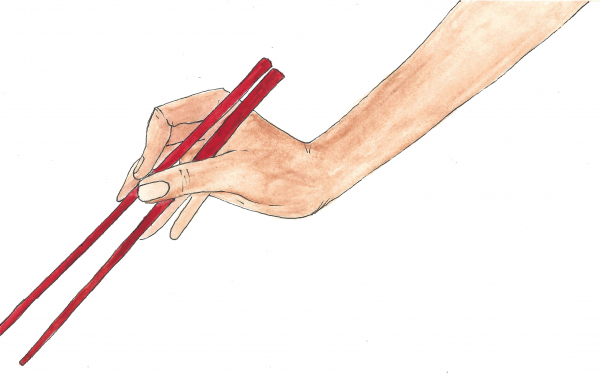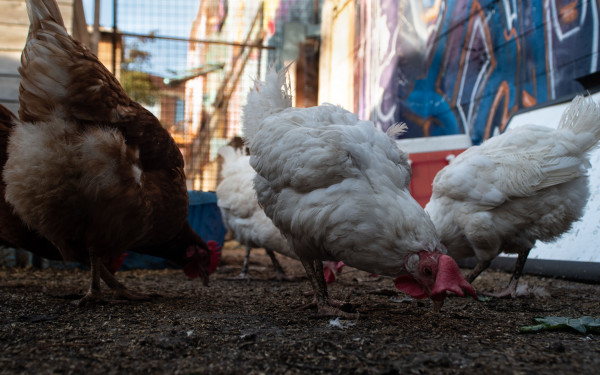Verdura: A history of sharing
The role of Italian gardens in forming community
The first time my grandparents grew tomatoes in Montreal, they planted them in a vase kept by someone’s sister-in-law on the opposite side of the city. Despite the distance, these tomatoes symbolized sharing, an intrinsic aspect of my grandparents’ community, made up of other compatriots.
As decades passed following their arrival in Canada in the late ‘50s, these Italians respected their roots and cultivated their relationships through the produce they grew and shared.
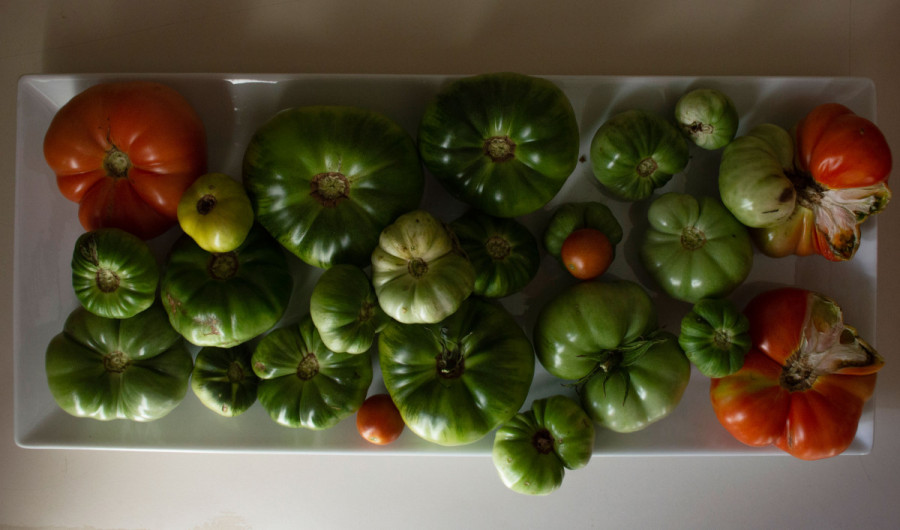
After 15 years in this new country, these immigrants, most of them tailors and construction workers from small towns in rural Italy, had finally established their Canadian life. They were married, had become parents, and purchased homes—all in the neighbourhood of Saint-Michel.
They were now ready to embark on different projects, things that were primarily pleasant and not totally necessary. So my grandparents and their closest friends decided to buy a few plots of land in Terrebonne toward the end of the ‘60s.
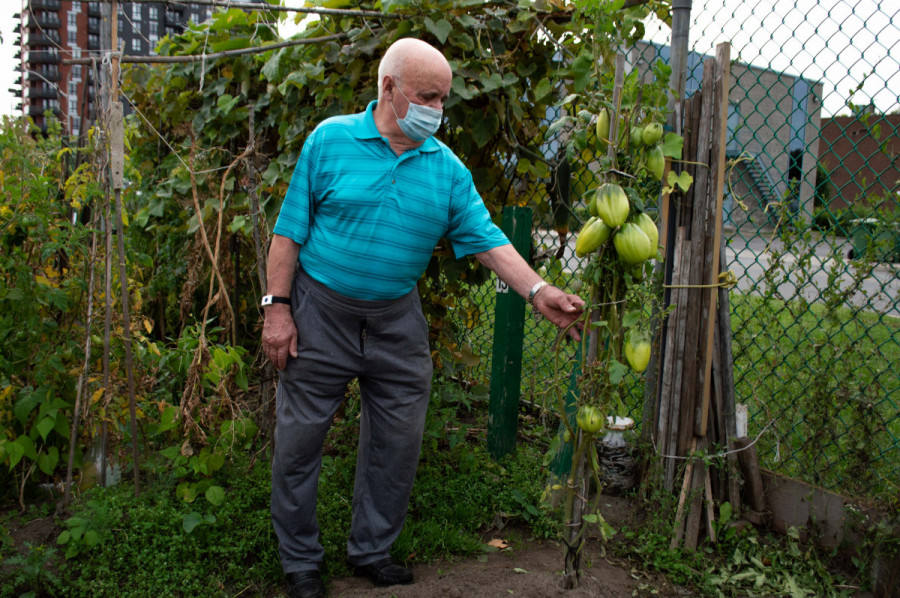
On Sundays, these four couples would drive their children from church to their shack, bringing a few lamb steaks, to spend this day of rest together. After a week of work and school, these families did not want to eat Sunday lunch—an inviolable Italian tradition—alone at home.
On those plots, the kids played outside and bathed in a (very dirty) stream of water while the adults barbecued, chatted, and drank a few bottles of their homemade red wine.
They also used this land to grow produce: lettuce, potatoes, beans—and lots of tomatoes, emphasized my grandmother, Colomba Cerone.
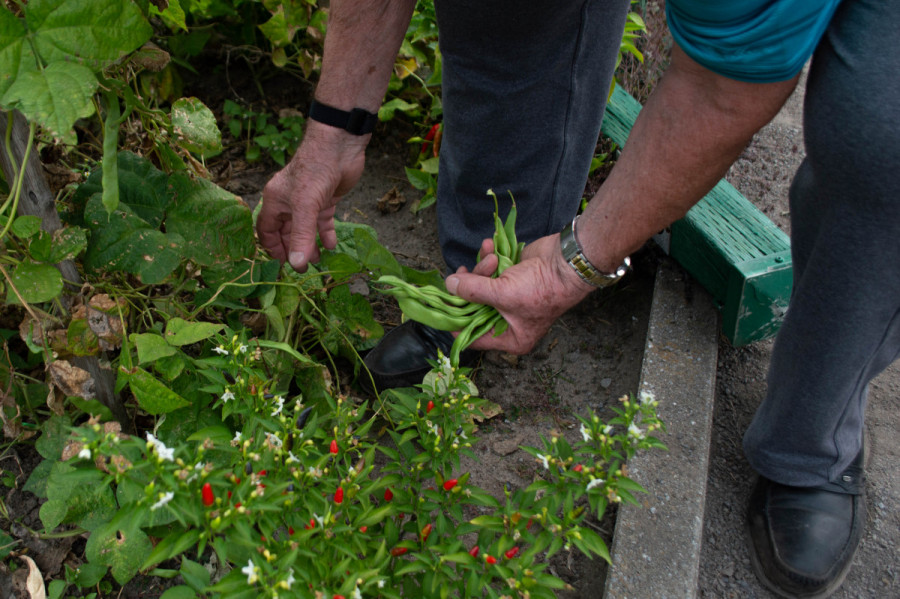
“It was so fatiguing!” she recalled, laughing. “But we were young; you don’t feel the tiredness when you are young, unlike now.”
Yet, the beauty of the plants and the resources they provided encouraged them to keep going. The harvest fed these families throughout the summer and during the colder months, as surplus greens and tomatoes filled their freezers.
Ten years later, my grandparents and their friends sold those plots. Those Sundays came to an end, yet the sharing did not. Still, today, those four families exchange vegetables with one another and with other Italians.
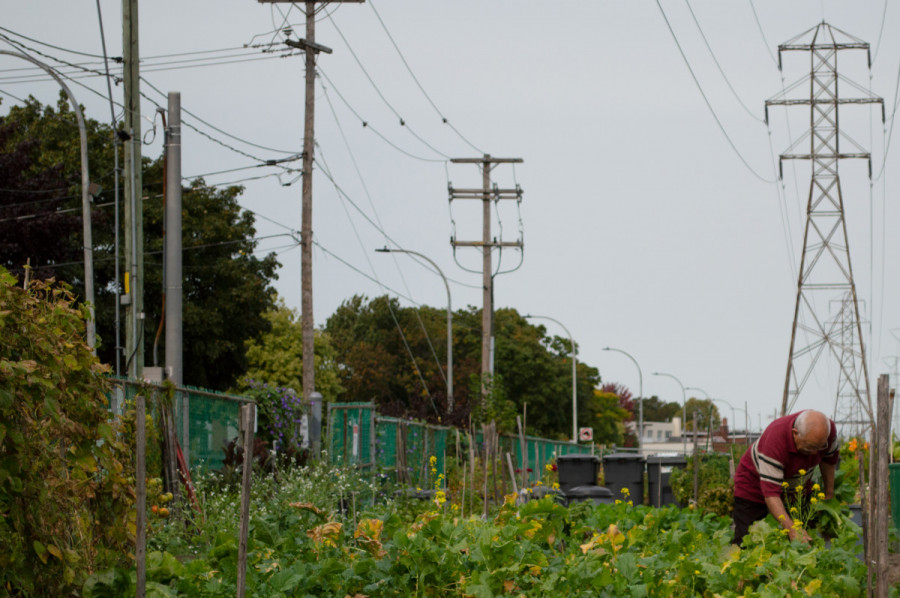
In his garden, my grandfather Giuseppe Cerone grows incredible zucchini, though they do not blossom. Yet, just one house over, there is a garden full of delicate, yellow zucchini flowers. However, the owner of that garden, 94-years-old Venerina, does not know how to cook them.
So, when my grandmother lets herself into her friend’s garden to pick these flowers, she leaves a few zucchini on the doorstep. Once back at home, she fills these flowers with anchovies and mozzarella, covers them in batter, and deep fries them. Once ready, a few containers of these delicacies will be traded with other friends and neighbours for grapes, blackberries, squashes, or salad.
“Women bring cookies and cakes, men open a bottle of wine, and there is a woman who brings pizza—oh, she makes such good pizza!” said Attilio, recalling these memories,” —Attilio Cerone
My grandparents are both from Collelongo, a small village at the foothills of a mountain in central Italy. Colomba arrived in Montreal first, following her newlywed sister, and asked Giuseppe to come to Canada and get married. In turn, he brought his younger brother, Attilio. The two siblings and their families ended up in two separate friend circles, despite their children often playing together.
Attilio did not join my grandparents’ efforts in Terrebonne, but grew his vegetables in his or his brother-in-law’s garden. After his wife passed away, around a decade ago, he decided to sell his family house and move into a basement apartment. As he abandoned his famous blackberry bushes and pear trees, his friends encouraged him to rent a plot of land at the Arthur-Péloquin community garden.

This garden is a hub of elderly Italians, most of them widows and widowers. During the summer, they meet in the morning as they pick vegetables and weed their plots. After a few complaints about how their backs hurt, they agree to meet later that night to play bocce and cards. Around 6 p.m., they are all gathered around a white plastic table in the middle of the garden. “Women bring cookies and cakes, men open a bottle of wine, and there is a woman who brings pizza—oh, she makes such good pizza!” said Attilio, recalling these memories.
As he walks me around this garden, explaining which plot belongs to whom, he suddenly stops and asks me if I like fagiolini. I barely nod and he is already filling my tiny saddle bag with green beans from a random plot. “Are you sure you can do this?” I asked. He laughs and gesticulates, implying that I am being too uptight.

“She never picks them, and they end up being too hard,” he answered.
After almost 50 years, this summer was Attilio’s last gardening season. He has celebrated his 85th birthday, and his knees have become increasingly unforgiving of the long hours spent bent over plants.
The rest of my family is sceptical: Attilio was always quite irresponsible when it comes to health and safety, and he only got worse with age.
If he does stop, he will not be left empty-handed. Between Giuseppe’s swiss chard, Colomba’s tomatoes, and beans from all of his friends, his pantry is full.
This article originally appeared in The Food Issue, published November 3, 2020.

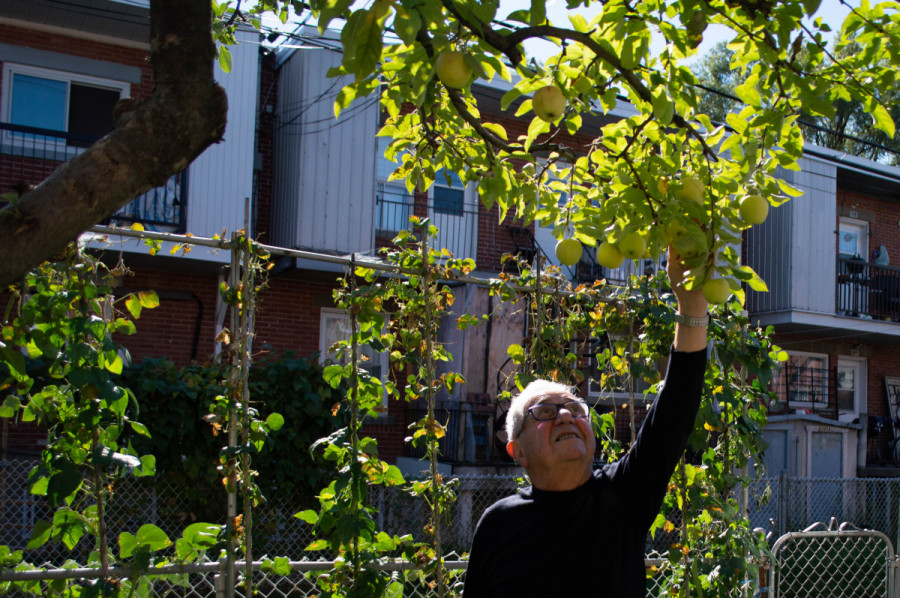
_600_832_s.png)

